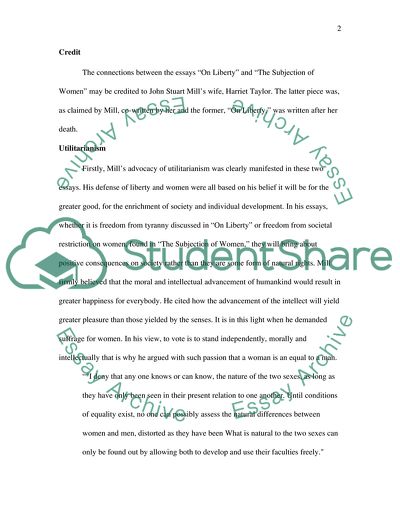Cite this document
(The Subjection of Women, On Liberty, and Communist Manifesto Assignment - 1, n.d.)
The Subjection of Women, On Liberty, and Communist Manifesto Assignment - 1. https://studentshare.org/politics/1704042-history
The Subjection of Women, On Liberty, and Communist Manifesto Assignment - 1. https://studentshare.org/politics/1704042-history
(The Subjection of Women, On Liberty, and Communist Manifesto Assignment - 1)
The Subjection of Women, On Liberty, and Communist Manifesto Assignment - 1. https://studentshare.org/politics/1704042-history.
The Subjection of Women, On Liberty, and Communist Manifesto Assignment - 1. https://studentshare.org/politics/1704042-history.
“The Subjection of Women, On Liberty, and Communist Manifesto Assignment - 1”. https://studentshare.org/politics/1704042-history.


